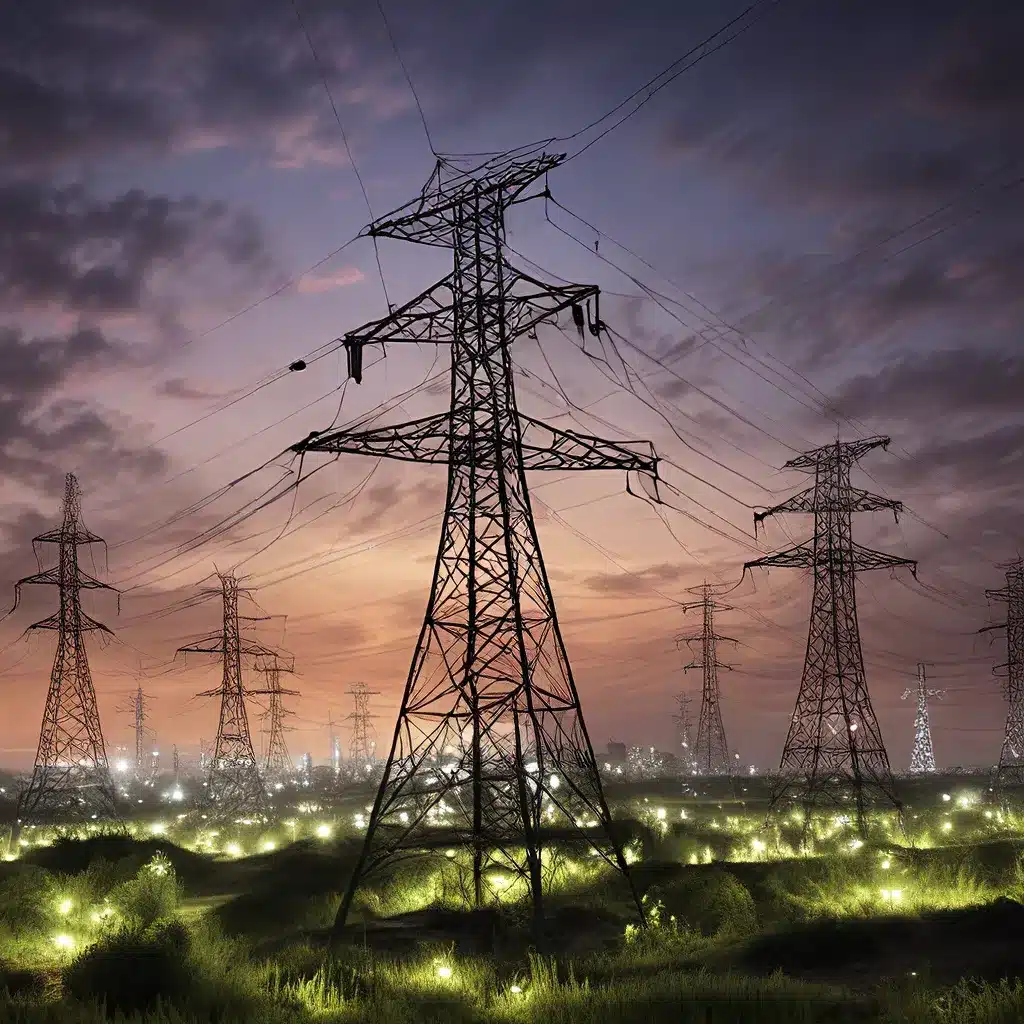
The Importance of Smart Grids in Clean Energy Transitions
The clean energy transition entails a significant increase in electricity demand and the widespread rollout of variable renewables like wind and solar, placing greater demands on power grids. Smart grid technologies can help manage this transition by reducing the need for costly new grid infrastructure and enhancing the resilience and reliability of the grid.
Investment in smart grids needs to more than double through to 2030 to get on track with the Net Zero Emissions by 2050 Scenario, especially in emerging market and developing economies (EMDEs). Several major economies have announced substantial new funding to modernize and digitalize their electricity grids, recognizing the critical role of smart grids in supporting modern power systems and clean energy transitions.
The Role of Sensor Networks in Smart Grid Resilience
At the heart of smart grid technologies are sensor networks that provide real-time visibility and control over the electricity network. These sensor networks enable grid operators to monitor and manage the transportation of electricity from all generation sources to meet the varying demands of end-users, optimize system efficiency, and maintain stability and reliability.
Grid Resilience and Innovation Partnerships (GRIP) program projects have demonstrated the value of sensor networks in enhancing smart grid resilience. By deploying a network of advanced sensors, grid operators can gain situational awareness and predictive capabilities to anticipate and respond to extreme weather events, wildfires, and other potential hazards.
Enhancing Grid Stability through Sensor-Enabled Flexibility
One of the key challenges in the clean energy transition is integrating variable renewable energy sources into the grid. Sensor networks play a crucial role in enabling grid flexibility, which is essential for maintaining grid stability and reliability.
Recent research has shown that sensor-enabled Distributed Energy Resource Management Systems (DERMS) can help distribution system operators (DSOs) optimize their long-term investments and manage short-term grid needs, such as voltage regulation and congestion management, by harnessing the flexibility of distributed energy resources (DERs) like small-scale renewable plants, electric vehicle charging points, and battery storage systems.
By providing real-time visibility and control over these distributed resources, sensor networks allow grid operators to balance supply and demand more effectively, reducing the need for costly grid reinforcements and ensuring the reliable integration of variable renewable energy.
Securing the Smart Grid: Sensor Network Resilience and Cybersecurity
As the digitalization of electricity grids advances, ensuring the security and resilience of sensor networks becomes increasingly critical. Cyberattacks on grid infrastructure can have devastating consequences, disrupting power supply and causing widespread outages.
Grid operators must take a proactive approach to cybersecurity, assessing risks and implementing robust security measures for new manufacturers, vendors, and service providers as they design and integrate their sensor-based systems and services. Advanced sensors and real-time situational awareness capabilities can also play a key role in detecting and mitigating cyber threats.
In addition to cybersecurity, sensor networks must be designed to withstand physical threats, such as extreme weather events and wildfires. By leveraging predictive analytics and deploying resilient sensor technologies, grid operators can better anticipate and respond to these disruptions, minimizing the impact on the power system.
Towards Sustainable and Environmentally Conscious Sensor Networks
As the clean energy transition progresses, the environmental impact of sensor networks and grid infrastructure must also be considered. Electricity grid operators should strive to reduce the use of raw materials, adopt alternative sustainable materials, and implement circular solutions for dismantled grid assets, such as recycling and reusing equipment.
These measures not only minimize the environmental footprint of sensor networks but also help to address the potential scarcity of critical mineral resources, such as copper, that are essential for grid infrastructure. By adopting a sustainable and eco-friendly approach, the sensor network industry can contribute to the broader goals of the United Nations Sustainable Development Goals.
The Future of Sensor Networks in Smart Grid Resilience
As the clean energy transition accelerates, the role of sensor networks in enhancing smart grid resilience will become increasingly crucial. International collaboration and policy support will be key enablers for the sustainable development of these technologies, fostering the sharing of knowledge, the creation of international standards, and the adoption of best practices.
By leveraging sensor networks to improve grid flexibility, enhance cybersecurity, and promote environmental sustainability, the power sector can unlock the full potential of smart grids and ensure a reliable, secure, and sustainable electricity system for the future. Explore the sensor networks and IoT technologies that are shaping the future of the power grid.